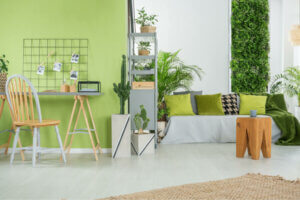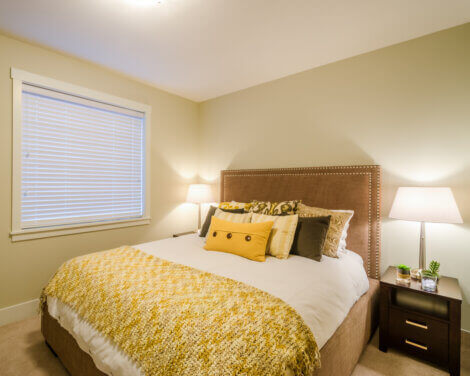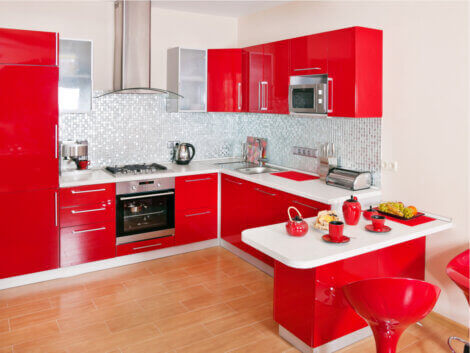Bright Colors Are Linked to Extrovert Personalities

Certain factors describe the way we are or the way we act; that’s why we’re going to find out why bright colors are linked to extrovert personalities.
The home is a faithful reflection of ourselves. Everyone resorts to the elements that define them to decorate their home, and the style that predominates is usually linked to their tastes and habits. It’s a way to achieve a certain comfort and well-being through a pleasant atmosphere.
In this sense, it’s the colors that clearly show the decorative intentions of a home as the atmosphere gains meaning whenever a certain character is displayed. Ultimately, this is the quickest way to give a particular spark to a house.
The home and our emotions

A person’s personality type is often reflected in their home. There’s a clear tendency to express feelings through decoration. This isn’t done randomly, as there is a process of study that is directly linked to the psychology of the owner.
In this way, the furniture, the floor, the walls, and even the size of the house are related to the type of person. For this reason, colors have a lot to say and they help to renovate the walls completely.
The decoration we use is related to our tastes and passions.
The qualities of bright colors
There are different variations within the family of radiant, bright colors. They range from very intense to others that draw attention simply by their appearance. Let’s get to know some of their qualities and the way they interact in a house:
- Red tones are related to passionate people, those who have strong feelings and like to express them remorselessly. Also, it relates to people who are more sincere and confident. These personality types often use red tones in major spaces such as the living room, kitchen, or bedroom.
- In the case of yellow tones, there are several types. One, in particular, is lemon yellow, which stands out for being showy and eccentric – it’s one of those colors that contributes youth and vivacity to the spaces, besides creating a spirited and lively atmosphere.
- Another interesting warm shade is orange. One tone is intense orange, which attracts attention and offers an effusive, ardent, and luminous character. This color can often be seen in singles’ apartments.
- Within the green shades, pistachio green is a winner. It’s a clear and vibrant color. It fits very well in bedrooms and living rooms, but more and more people are daring to introduce it in the kitchen or the bathroom.
Outgoing people choose bold colors

An example could be the combination of complementary shades: blue and orange, red and green, etc. In fact, it’s not a question of choosing just any colors; extroverts often decide on the most striking and radiant ones, creating dynamism in any room.
The idea is to activate the emotions and to feel an array of sensations inside. This way of decorating can clearly be seen in the pop-art style, which is related to this type of personality.
Our character is reflected directly in the decoration of the home.
Bright colors are full of meaning
Interior designers usually resort to radiant tones sporadically; that is, they don’t use them abundantly, preferring to combine them with neutral, white, or dark tones to counteract and not overwhelm the spaces.
In short, they play it safe; however, many people throw themselves in and fill their rooms with vibrant colors.
In short, extroverted people like to take risks and look for other formulas that offer a different aesthetic. This is the way to innovate and create a unique concept.
All cited sources were thoroughly reviewed by our team to ensure their quality, reliability, currency, and validity. The bibliography of this article was considered reliable and of academic or scientific accuracy.
- Atkins, Caroline: Colorea tu hogar, Londres, Ceac, 2003.








